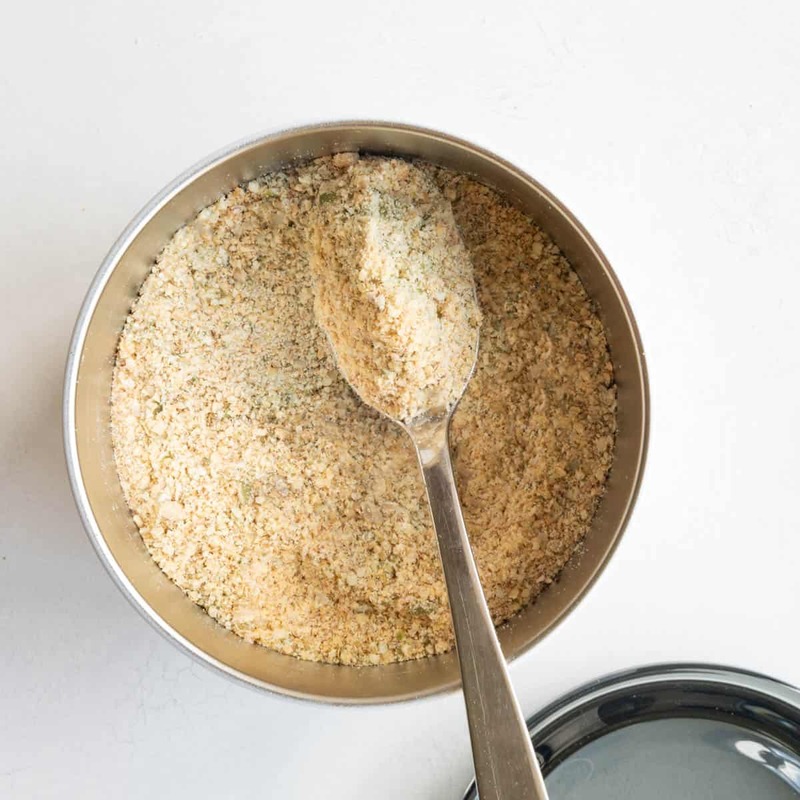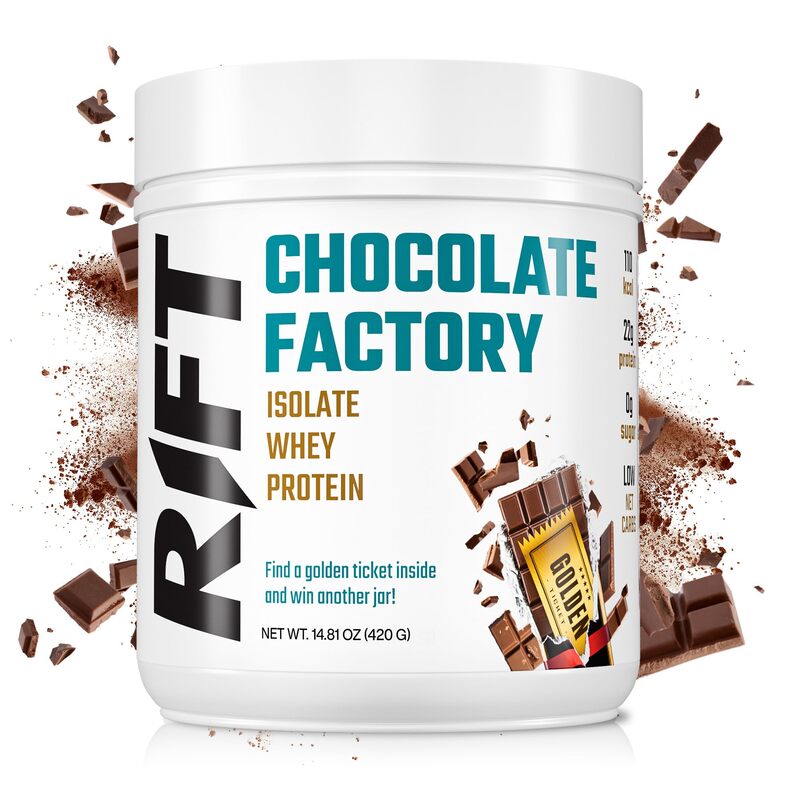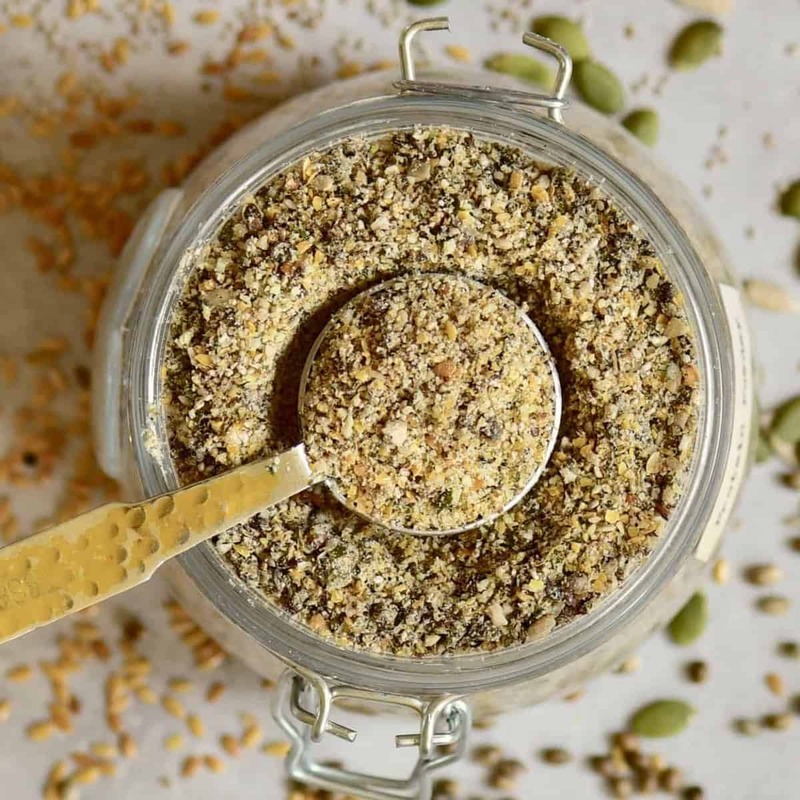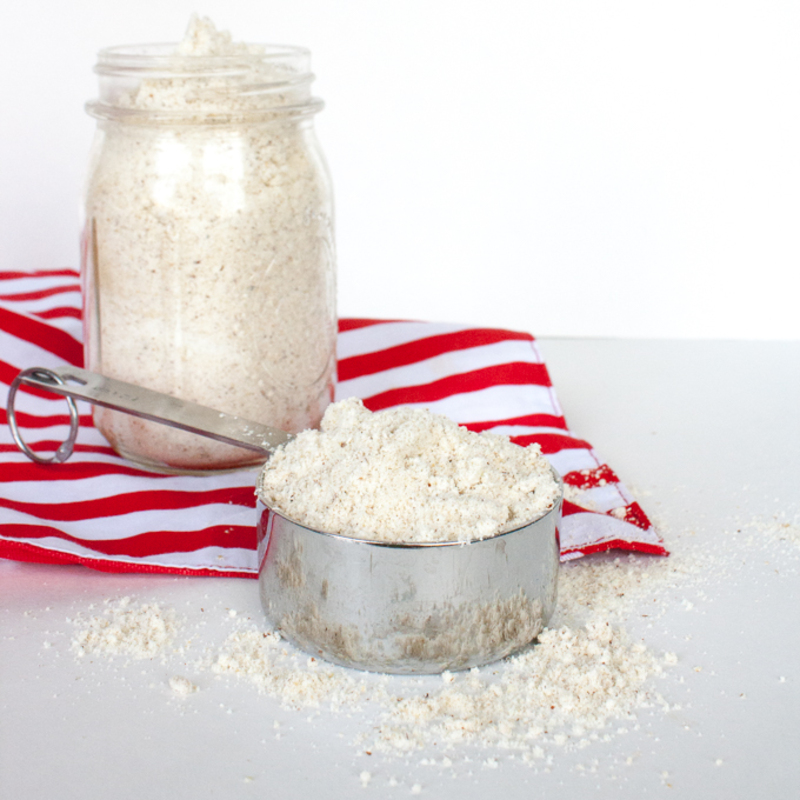How to Make Your Own Protein Powder: A Comprehensive Guide
Creating your own protein powder can be a rewarding endeavor. It allows you to tailor the ingredients to meet your health goals. Additionally, homemade protein powder can save you money over time. This article will provide you with a step-by-step guide on how to make your own protein powder. We’ll discuss ingredient selection, preparation methods, and storage solutions.
Understanding Protein Sources
Before you dive into making protein powder, it’s essential to understand various protein sources. Different types of proteins carry different benefits. Some are plant-based, while others are animal-based. To create a balanced protein powder, consider incorporating a mix of these proteins.
Plant-Based Proteins
Plant-based proteins come from various sources. Common options include peas, rice, chia seeds, and hemp. Each source has unique amino acid profiles. For example, pea protein is rich in branched-chain amino acids. Chia seeds not only provide protein but also healthy fats.
Moreover, plant-based proteins are easily digestible for many people. They are often lower in calories compared to animal proteins. If you have dietary restrictions, plant proteins offer a great alternative. You can blend different plant sources for optimal nutrition. This mixture enhances the nutrient profile of your homemade protein powder.
Animal-Based Proteins
On the other hand, animal-based proteins such as whey, casein, or egg whites provide excellent amino acid profiles. Whey protein is particularly popular among athletes. It absorbs quickly, making it beneficial post-workout. However, some may be lactose intolerant; for them, casein or egg proteins are better choices.
Furthermore, animal proteins generally offer higher protein content per serving. This can be advantageous if you seek to gain muscle mass. Additionally, they may provide micronutrients that plant-based alternatives lack. Therefore, if you choose to use animal proteins, be mindful of your dietary preferences.

Ingredients for Homemade Protein Powder
Selecting the right ingredients is crucial when making protein powder. They should provide flavor, nutritional value, and other health benefits. Additionally, you can experiment with different combinations according to your preferences.
Base Proteins
Deciding on a primary protein source sets the foundation for your powder. For plant-based options, consider brown rice or pea protein as bases. These provide excellent texture and nutrition. For a rich flavor profile, casein or whey from animal sources works well.
Also, think about combining two or more sources. A blend of rice and pea protein can create a complete amino acid profile. This will enhance the nutritional content of your powder significantly. Evaluating the protein content per serving is essential in this step.
Flavoring Agents
Next, adding flavor can transform your protein powder. Consider natural flavoring agents like cocoa powder, vanilla extract, or cinnamon. These ingredients will not only enhance taste but also add additional nutrients.
For a sweeter profile, try using stevia or honey powder. These natural sweeteners add flavor without the calories of sugar. Furthermore, experiment with fruit powders like berry or banana. They improve taste while providing vitamins and antioxidants.
Preparation Techniques
Once you’ve chosen your ingredients, it’s time to prepare your protein powder. The preparation method will significantly influence the final product’s texture and flavor. Let’s explore two common techniques: blending and sifting.
Blending
Blending is a popular method for preparing protein powder. Begin by gathering your selected ingredients in a high-speed blender. Add them in small batches to ensure even mixing. Blend until the mixture reaches a fine powder consistency.
Additionally, pay attention to the blending time. Over-blending can heat the mixture, potentially damaging some nutrients. After blending, taste the powder and adjust flavoring agents as necessary. This step ensures that your final product meets your flavor preferences.
Sifting
Sifting is an essential preparation step if you prefer a finer texture. After blending your ingredients, pour the mixture through a fine sieve. This process filters out clumps or larger particles, creating a smoother texture.
However, sifting can lead to nutrient loss if not done carefully. Therefore, use a gentle hand and be mindful of the amount you sift. Once you have a fine powder, store it in an airtight container. This method seals in freshness and prevents contamination.

Storage Solutions for Protein Powder
Proper storage is vital to maintain the quality of your homemade protein powder. The right conditions can extend its shelf life significantly. Moreover, organizing your storage helps ensure easy access when needed.
Airtight Containers
First and foremost, always use airtight containers. Glass jars with tight-fitting lids are ideal for storing protein powder. They prevent air and moisture from entering the container.
Furthermore, consider labeling the containers. Include the date of preparation and a list of ingredients. This simple step helps track freshness and dietary specifics. If you prefer plastic containers, opt for BPA-free options. This ensures that no harmful chemicals leach into your powder.
Cool, Dry Locations
Store your protein powder in a cool, dry location. Avoid areas that are prone to temperature fluctuations, such as cabinets near the oven. Heat and humidity can ruin the texture and flavor of your protein powder.
Moreover, consider placing the container in the refrigerator. This can further extend the shelf life, particularly for powders containing fats, like chia seeds. However, be mindful that refrigeration may alter the texture slightly. Keeping your homemade protein powder in optimal conditions ensures you get the maximum benefits.
Usage Ideas for Your Protein Powder
Now that you have created your protein powders, it’s time to put it to good use. There are endless ways to enjoy homemade protein powder. Smoothies, shakes, and baked goods are just a few examples. Let’s delve into some delicious and nutritious ideas.
Smoothies and Shakes
One of the easiest ways to use your protein powder is in smoothies and shakes. Begin by selecting your favorite fruits and vegetables. Bananas, spinach, and berries are excellent choices. Add a scoop of your protein powder, along with your preferred liquid. Water, almond milk, or coconut water work well here.
You can also add other ingredients for extra nutrition. Consider incorporating nut butters for healthy fats. This makes your smoothie even creamier and tastier. Additionally, seeds and nuts can provide added crunch. Blend until smooth for a nourishing, protein-packed meal replacement.
Baking with Protein Powder
Incorporating protein powder into baked goods is another great usage idea. You can add it to recipes for pancakes, muffins, or protein bars. By doing so, you enhance their nutritional content significantly.
When baking, substitute a portion of the flour with your protein powder. This maintains the recipe’s texture while boosting protein levels. Also, experimenting with flavors is an enjoyable aspect of baking. Add vanilla or cocoa protein powder for an extra flavor kick.

Health Benefits of Homemade Protein Powders
Homemade protein powder offers numerous health benefits. First, you get complete control over the ingredients. This empowers you to avoid unhealthy additives. Additionally, it ensures you know exactly what you’re consuming.
Nutritional Control
One of the key benefits is nutritional control. You can tailor the macronutrient content to fit your specific dietary needs. For instance, if you want lower carbs, simply adjust the ingredients accordingly.
Furthermore, making your own protein powder allows you to cater to allergies. If you’re sensitive to gluten or dairy, you can choose protein sources suitable for you. Knowing the exact components provides peace of mind. The health benefits are not only physical; they also contribute to mental well-being.
Cost-Effectiveness
Healthy eating often comes at a premium. However, homemade protein powder can be a cost-effective solution. Buying bulk ingredients frequently reduces overall costs. You’ll likely spend less per serving compared to store-bought options.
Moreover, you can customize batch sizes based on your needs. This flexibility ensures that you’re not wasting resources. By controlling your ingredients and costs, you can maintain a nutritious diet without breaking the bank.
Conclusion
Making your own protein powder is a rewarding and practical endeavor. With the right ingredients, preparation methods, and storage solutions, you can create a product tailored to your needs. From selecting your protein sources to experimenting with flavors, the possibilities are endless.
Incorporating your homemade protein powders into various meals and snacks maximizes its benefits. You’ll enjoy improved nutrition while saving money and knowing exactly what you’re consuming. Ultimately, this journey will enhance your understanding of nutrition and contribute to your health goals. So, why not give it a try? It might just become a staple in your kitchen.
